
Since listening to this net@night podcast back in May 2008, where Amber and Leo interviewed Daniel Ha, the founder of the Disqus, I have been interested in implementing this kind of a community-oriented, commenting/discussion system on my blogs.
Early on, I had compared the feature set of Disqus and its competitor, IntenseDebate (“ID”), and Disqus’s feature set and looks won. Concerns surrounding the ability to import, export, sync and otherwise control my comments, held me back. I was not going to join any system where I lost ownership/control of my users’ comments.
In the interim, both Disqus and ID have added dynamic comment importing, exporting and synchronization features. I became comfortable that I would not be locked into any commenting system if/when I chose to leave. Scot Jangro’s December 30, 2008 post, ‘Comment System Review Redux’, compared the the two systems afresh and gave me substantial comfort that ID’s feature set had evolved to near parity with Disqus (see other comparisons: inquisitr.com | Mashable).
But the clincher came on Sept 23, 2008 when Automattic, the owner of WordPress, purchased IntenseDebate. (See: Matt Mullenweg’s comment – IntenseDebate’s comment – Disqus’s comment). I expect Automattic to integrate IntenseDebate’s community comment / discussion system into the WordPress core at some point. So, as a WordPress user, it seemed a no brainer to go with IntenseDebate.
[January 23, 2009 Update: Despite what I wrote above, I ultimately switched to Disqus not long after implementing Intense Debate. In my ‘Why I switched from IntenseDebate to Disqus’ post [coming soon] I describe why I made the switch.]
IntenseDebate’s WordPress Plugin features are discussed here. The newest WordPress Plugin (v 2.0.18) has been completely overhauled, making the installation and comment import/export/sync process much easier than it was.
Below I describe why I installed ID. I then walk you, step-by-step, through the IntenseDebate installation process in WordPress 2.7.
Continue reading “How To Install IntenseDebate in WordPress 2.7”
 Due to a recent rash of spam commenting, for the time being I have changed The Daleisphere’s comment settings to permit comments only from registered users. When leaving a comment you’ll be asked to identify yourself through any of the accounts shown in the graphic above – ie: by using any of your Disqus, Facebook, Twitter, Yahoo or OpenID accounts. Note: This is secure. Neither I nor Disqus gain access to your account details when you login this way.
Due to a recent rash of spam commenting, for the time being I have changed The Daleisphere’s comment settings to permit comments only from registered users. When leaving a comment you’ll be asked to identify yourself through any of the accounts shown in the graphic above – ie: by using any of your Disqus, Facebook, Twitter, Yahoo or OpenID accounts. Note: This is secure. Neither I nor Disqus gain access to your account details when you login this way. 

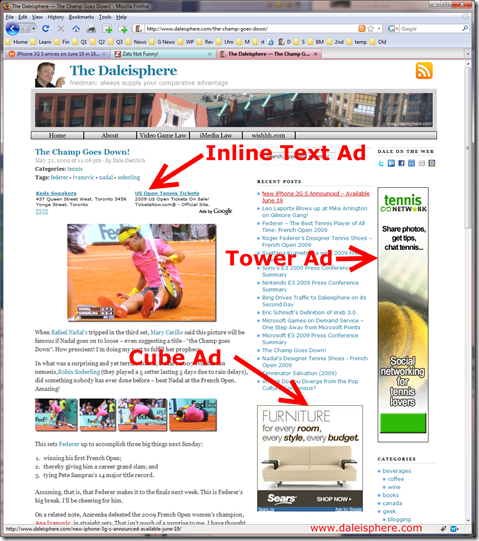

 I signed up for
I signed up for 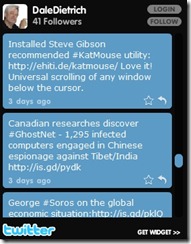


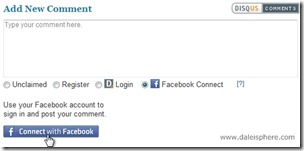

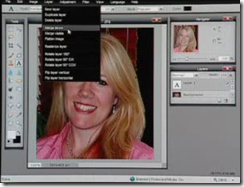

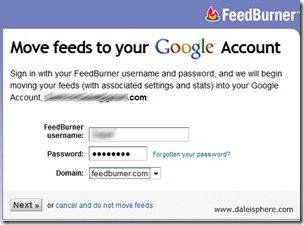



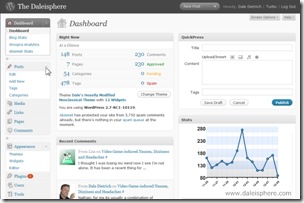







 Until two days ago, I was blissfully unaware of the fact that Google had purchased
Until two days ago, I was blissfully unaware of the fact that Google had purchased 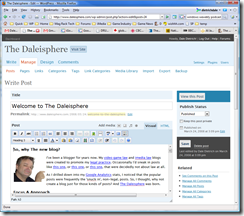
 I’ve been a blogger for years now. My
I’ve been a blogger for years now. My  New authors and playwrights are taught to write about what they know.
New authors and playwrights are taught to write about what they know.